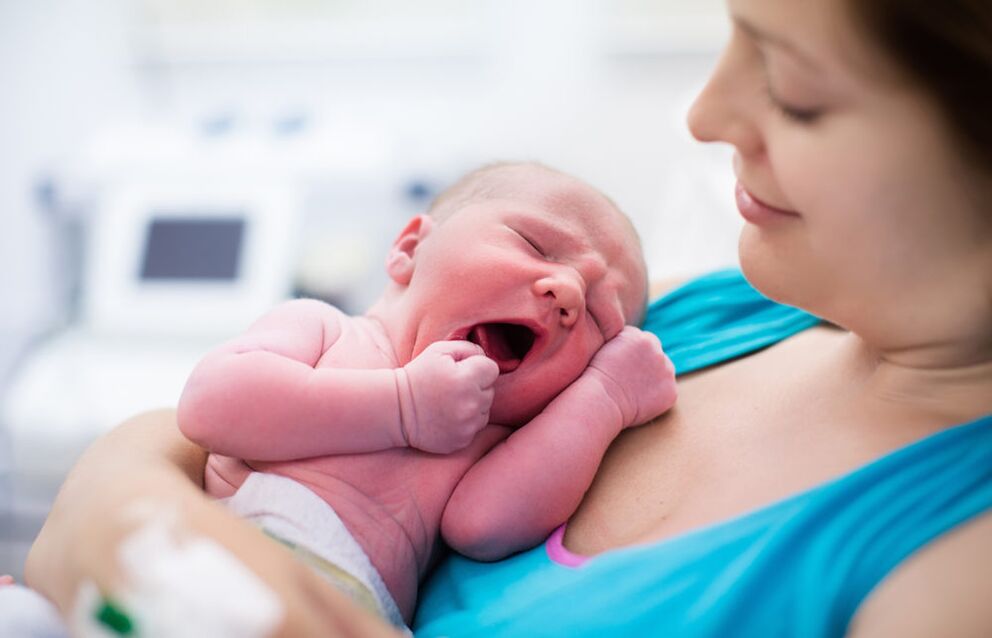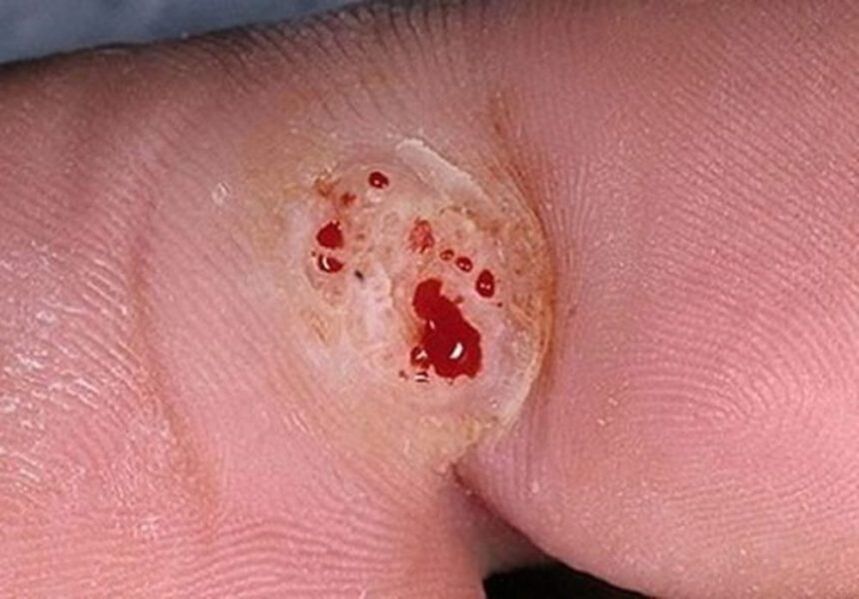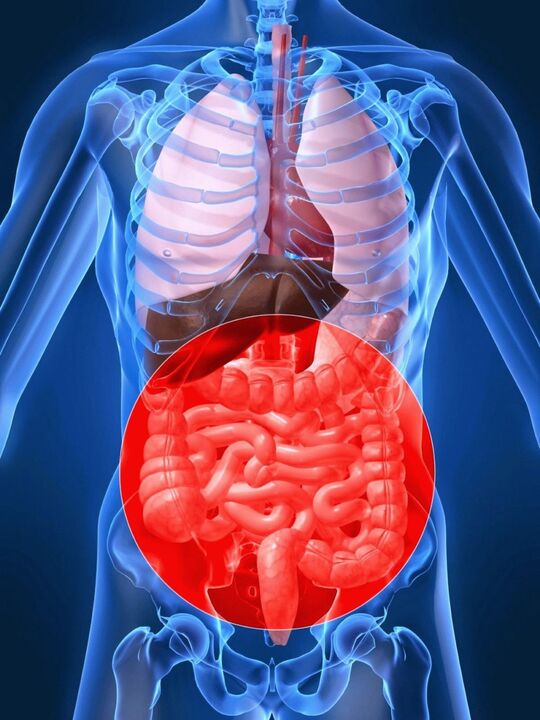
Most people do not see the potential danger of the appearance of small epithelial tumors on the body, but papillomas are not just a cosmetic defect. In some cases, they can lead to irreversible consequences. The growths appear as a result of infection with HPV - a highly contagious virus that has more than 100 genotypes, and some of its types can cause the development of oncological processes. It is easy to become infected with papillomavirus. In order to avoid infection, you need to know how human papillomavirus is transmitted and what factors contribute to the spread of virions.
All routes of HPV infection
There is a tendency that in families where there is a carrier of the virus, in 50-70% of cases the people around him become infected. The main danger is that the infection, having entered the body, does not manifest itself immediately, so a person may not know about the infection for a long time and continue to be in close contact with loved ones.

Important!
The absence of external manifestations of HPV does not guarantee that an infected person is absolutely safe for those around them.
Infection through household contact
A virus carrier can transmit a pathogenic virion (viral particle) to a healthy person by:
- Ordinary tactile contact, e. g. hugs, handshakes. The likelihood of contracting HPV increases in case of skin damage (even small wounds, abrasions or scratches are enough for the infection to enter a healthy body);
- Using a sick person's personal items. Viral particles can live for a long time on bedding, towels, underwear, washcloths and other everyday products;
- By kissing. HPV DNA is not only found on the epithelium, it is present in all biological fluids of an infected person, and can therefore be transmitted through saliva during kissing.
In addition, you can become infected with HPV by visiting public places such as a sauna, swimming pool, fitness center, where there are large crowds, many of whom neglect the basic rules of protection. Therefore, you should use exclusively personal hygiene and household products.
Sexual transmission of the virus
The most common route of transmission of human papillomavirus infection is sexual contact. If one of the partners, man or woman, carries the virus, it is enough to have sexual intercourse once to become infected with HPV (infection occurs in 95% of cases).
The virus is transmitted during any type of sexual interaction, whether oral, vaginal or anal sex, while the presence of warts in the partner's anogenital region increases the risk of infection by up to 100%. %.
It is worth noting that even a condom cannot completely protect against possible infection:
- Firstly, papillomatous rashes can be localized not only on the genitals, but also in the groin and anus. Thus, upon contact with unprotected areas of the body, the virus can easily be transmitted from one partner to another;
- Secondly, the latex from which the condom is made has quite large pores. Viral particles enter without hindrance.
Infection with dangerous oncogenic types of papillomaviruses occurs mainly during sexual contact. If the cancer-causing type of HPV is transmitted to women, they develop neoplasia, which can develop into cervical cancer.
Despite the fact that oncological pathologies of the genital organs are less common in men, the presence of genital papillomas increases the risk of malignant tumors. If infection with a carcinogenic virus occurs during oral sex, the risk of developing tonsil cancer increases.
Vertical infection (from mother to child)
Children can become infected with papillomavirus in the womb or immediately at the very moment of birth (when passing through the natural birth canal). Additionally, if the mother's HPV progresses (is in the active phase), the baby's risk of infection increases.

Intrauterine infection is extremely rare, because the placenta is able to protect the embryo from many pathogenic factors, including viral infections. Cases of transmission of HPV to a baby when passing through the birth canal of an infected mother are recorded somewhat more often.
At the time of birth, the mucous membranes of the child's larynx and trachea are affected, which subsequently leads to recurrent respiratory papillomatosis (RRP). This is a dangerous pathology that endangers the life of the baby. Over a period of one to two years, children with RRP develop benign neoplasms of the trachea and larynx, which block the airways and cause suffocation.
In such a situation, only surgical removal of papillomatous growths will help, however, even after destruction, tumors usually reappear. Parents whose children suffer from RRP should carefully monitor the state of their immune system, since a decrease in immunity increases the risk of relapse.
Some women who are preparing to become mothers fear that the papilloma virus can be inherited by the child, but this is not the case. The routes of infection are described above, the hereditary factor is completely excluded - HPV is a virus that is not transmitted genetically.
Self-inoculation infection method
Autoinfection (self-inoculation) is a fairly common type of infection. An infected person must understand that any tumor trauma can trigger the formation of additional tumors.
Papillomas located on the face, neck, armpits or groin are often cut with a razor, scratched or torn during hygiene procedures. When the integrity of growth is disrupted, blood escapes and flows to nearby healthy areas of the body. Since viral particles are present in all biological fluids of the patient, blood penetrating the clean epithelium causes the spread of infection and the formation of multiple papillomatous rashes.
In addition, when scratching the growths with nails, particles of pathogenic epithelium remain under the plaques, which also often contributes to self-infection. For example, after a person scratches a papilloma with his nails and suddenly decides to scratch his ear or nose, then if there is the slightest damage to the epithelium, the virus will settle therewill definitely "install", then manifest itself. as characteristic growths.

After introduction into the body, HPV activation is not observed immediately; the virus requires certain conditions to fully function.
When and what triggers HPV activation
How quickly and actively the papillomavirus begins to behave after infection is determined by the immune status of the infected person. HPV is part of the group of immuno-dependent viruses, so it is activated during a reduction in immune defenses.
The body of a healthy person, even after infection, is able to produce a sufficient amount of antibodies to fully resist viral attacks. In these people, the disease proceeds latently (in a dormant mode), therefore there are no epithelial tumors on the body.
When the immune system is weakened, it produces a significantly lower amount of antibodies that cannot suppress the virus independently, and then HPV becomes active with the formation of a papillomatous rash. The following unfavorable factors can provoke the transition of the papillomavirus to the active phase:
- any infectious pathology recently suffered;
- long-term use of oral contraceptives;
- uncontrolled use of cytostatic drugs (suppresses the immune system);
- dysfunction of the endocrine system;
- pathological condition of the gastrointestinal tract, in particular intestinal dysbiosis;
- psycho-emotional disorders associated with frequent stress, nervousness, fatigue;
- helminth infestations;
- frequent inflammatory skin diseases;
- presence of bad habits (smoking, alcohol consumption, drugs).
Important!
Any factor that reduces the effectiveness of the human immune system can cause HPV activation.
The formation of the first growths is a reason to consult a doctor. There is no need to self-medicate, because in some cases improper treatment of papillomas leads to the development of cancerous tumors.
Treatment of papillomavirus
Since drugs capable of curing papillomavirus have not yet been invented, it is impossible to completely eliminate it from the body for a person over 30 years old. Cases of HPV elimination are recorded only in young people under 25 years old.
Treatment of papillomatosis is carried out in three directions:
- suppression of viral activity (returning it to a latent state) by taking antiviral drugs;
- increase the patient’s immune status through the use of interferon-based drugs;
- destruction of pathological neoplasms using minimally invasive hardware techniques;
- cytostatic drugs are prescribed when there is a high probability of malignancy of papillomas (they disrupt the process of division of atypical cells).
Antiviral medications prescribed by a doctor can be used orally, topically, injectable, or rectally:

- Tablets (oral use);
- Gels, ointments (external use);
- Injections (injections);
- Suppositories (rectal suppositories).
Immunomodulatory drugs can also be prescribed in different forms, most often these are tablets and gels for external treatment of tumors.
Cytostatics are prescribed if, after diagnosis, it is determined that papillomatous rashes are caused by a highly oncogenic type of HPV.
The destructive techniques most often used to eliminate pathological tumors are:
- Electrocoagulation– cauterization of growths with electric current. The procedure is painful and leaves visible scars;
- Cryotherapy– the papilloma freezes under the influence of liquid nitrogen, without leaving traces, but intervention is recommended to eliminate small superficial tumors;
- Laser destruction– suitable for the removal of superficial and deep papillomas, a good cosmetic effect allows use on open parts of the body;
- Radio wave technique– non-contact removal of growths is carried out, with a short recovery period, there are no traces or scars after the procedure.
After completing treatment, do not forget about preventive medical examinations. It is necessary to periodically (preferably annually) test for HPV and carefully monitor the state of the immune system.















